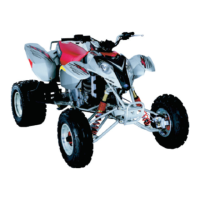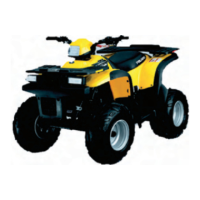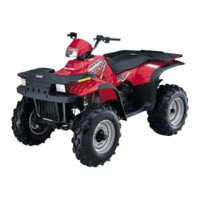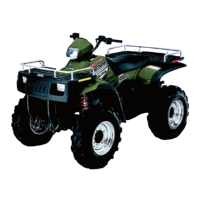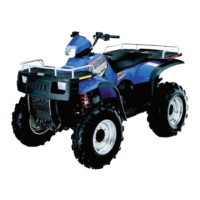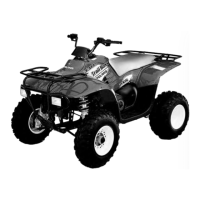CARBURETION
3.27
Adjustments
The amount of air drawn into the cylinders is in-
fluenced by such factors as altitude, temperature,
humidity, etc. Suppose the amount of air drawn into
the cylinders at an elevation of zero is taken as 100
(the temperature and humidity in this case are con-
sidered constant). The amount of air in question de-
creases in proportion to a rise in elevation as shown
in Chart A. Reduction in the amount of air drawn into
the cylinders changes the air/fuel mixture ratio, re-
sulting in a marked drop in power output.
Chart B shows the relationship between a rise in
temperature and the amount of air drawn into the
cylinders. In this case, the atmospheric pressure
(elevation) and the humidity are considered un-
changed and the amount of air going into the cylin-
ders at 32q F(0q C) is taken as 100.
On Mikuni carburetors the pilot system and the main
system are of independent construction. The fuel
flow in these two systems is shown in Chart C.
100
90
80
0 500 1000 1500 2000
Altitude (m)
Chart A
100
90
80
Chart B
010 2030 40
32 50 68 86 104
(qC)
(qF)
Temperature
Total amount of fuel flow
Main fuel system
Pilot fuel system
Throttle valve opening (%) o
CHART C
Enfocus Software - Customer Support
